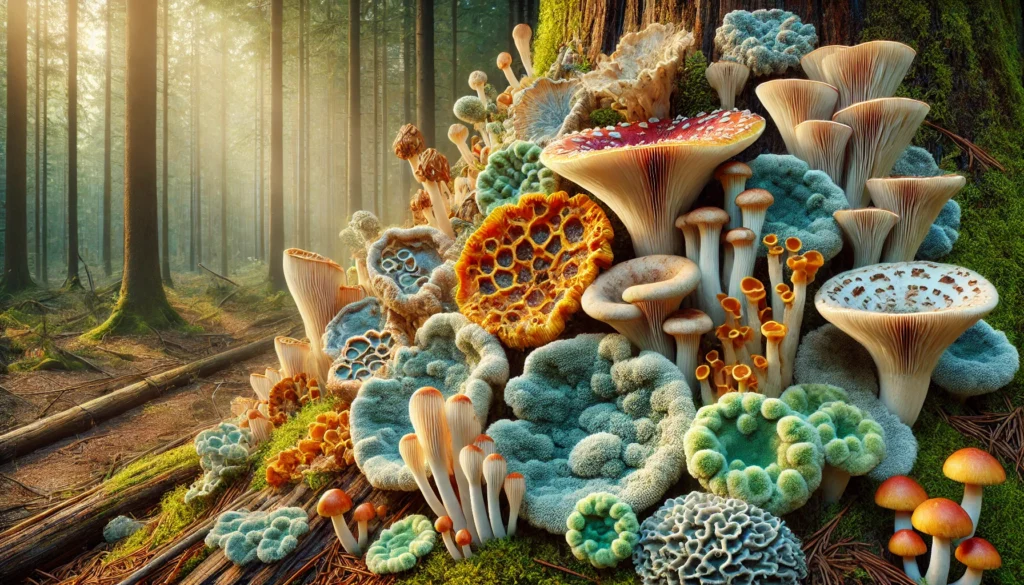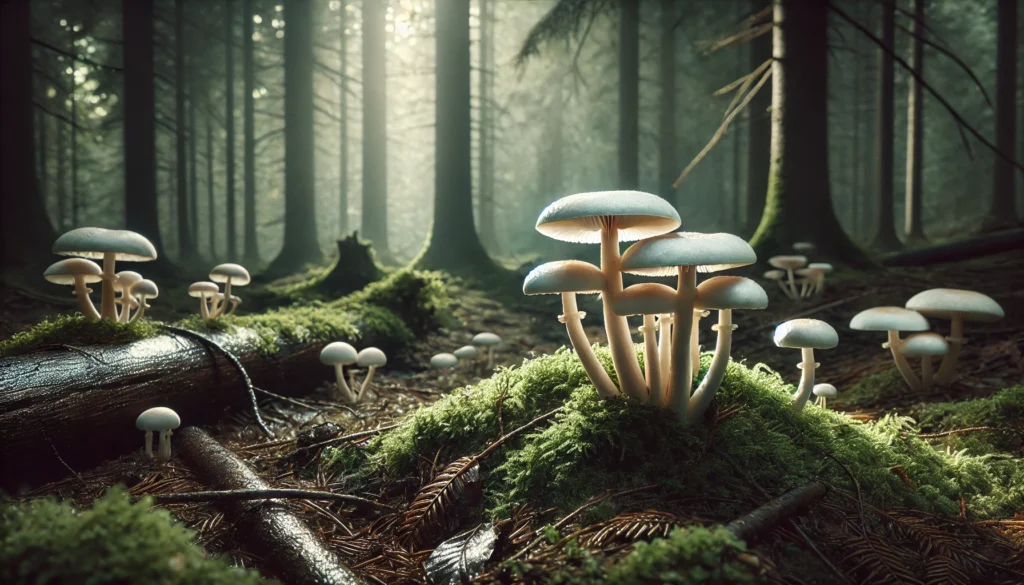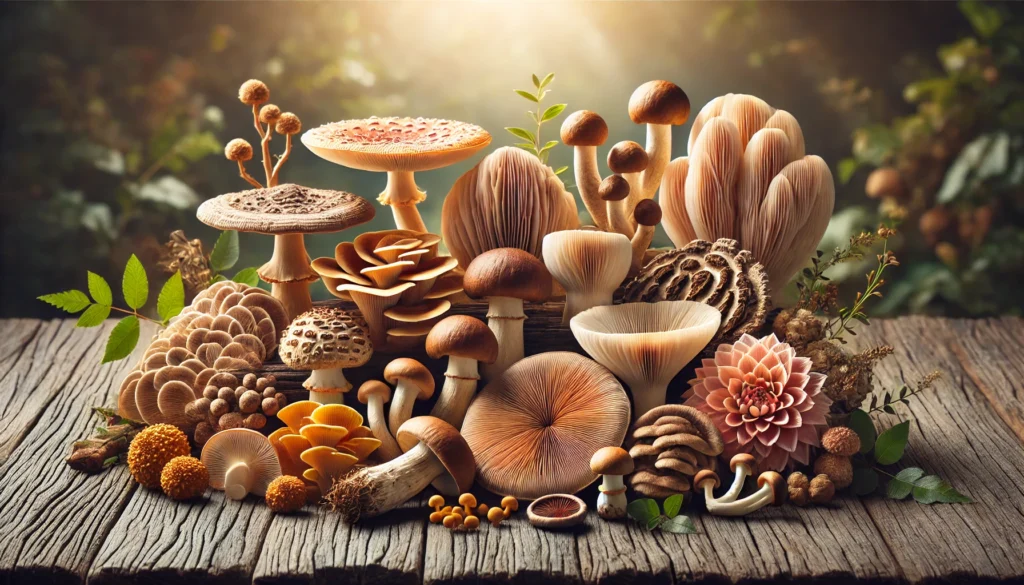Fungi are among the most diverse and vital organisms on Earth, contributing to ecosystems, agriculture, medicine, and industry. Often misunderstood, fungi exist in a unique biological kingdom, separate from plants and animals, with their own distinct characteristics and life processes. This guide will explore the different types of fungi, their biological and ecological roles, and their incredible importance in our daily lives.
What Are Fungi?
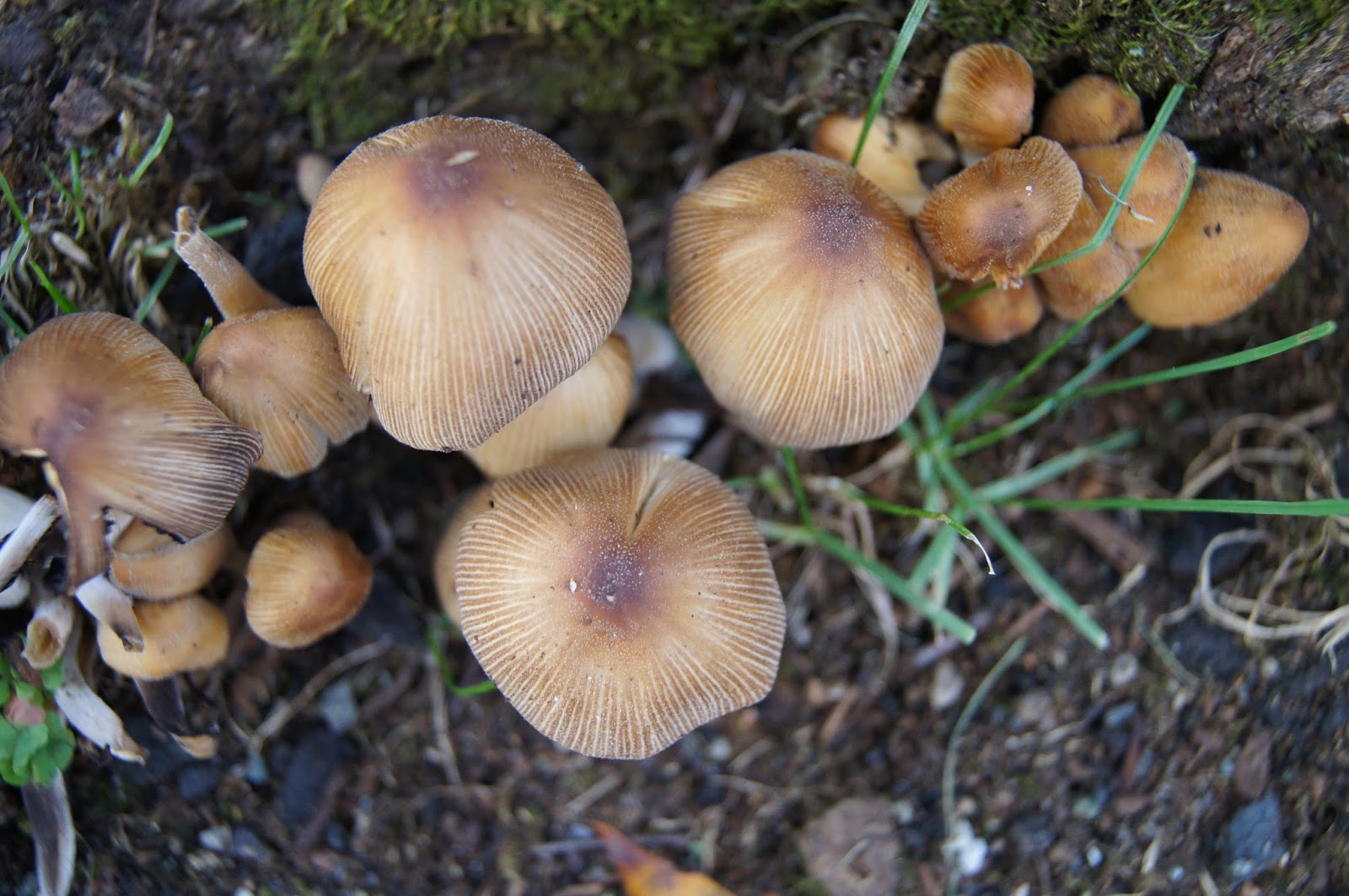
Fungi are eukaryotic organisms that lack chlorophyll and derive energy by breaking down organic material, living symbiotically, or parasitically. Unlike plants, fungi do not photosynthesize; instead, they secrete enzymes to decompose organic matter and absorb the resulting nutrients.
Fungi are ubiquitous, thriving in various environments, from forests and grasslands to your home pantry. Their versatility allows them to colonize soil, decaying matter, aquatic ecosystems, and even extreme environments.
Key Features of Fungi:
- Cell Walls: Composed of chitin, unlike the cellulose found in plants.
- Reproductive Structures: Fungi reproduce using spores, which can spread through air, water, or physical contact.
- Growth: Fungi grow as single cells (yeasts) or multicellular structures (molds and mushrooms).
The Four Major Types of Fungi
Fungi are broadly classified into four major groups based on their morphology, reproduction methods, and ecological roles.
1. Molds
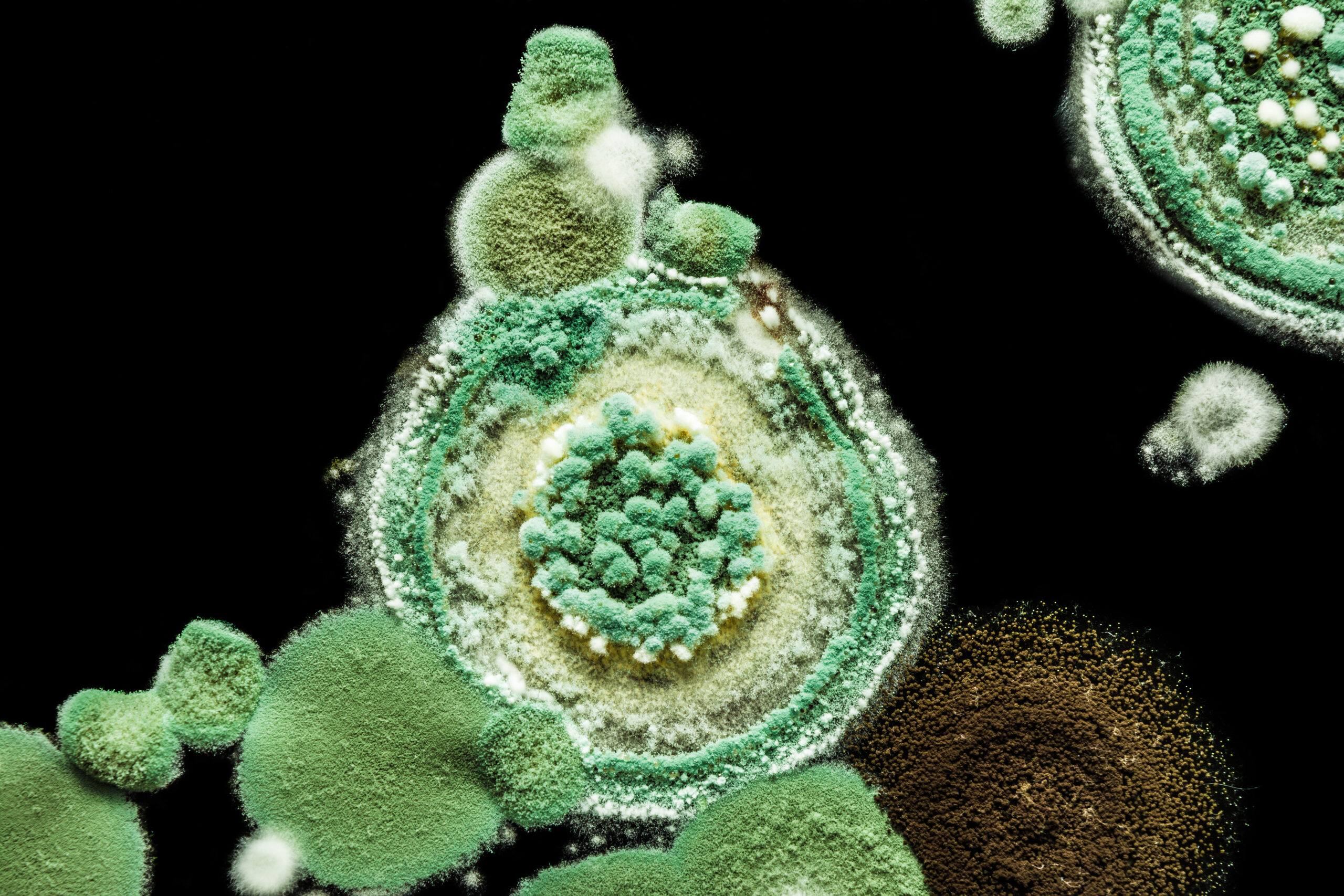
Molds are multicellular fungi that grow in filamentous structures called hyphae, forming a dense network known as mycelium. These fungi are visible as fuzzy or powdery growths on organic material like bread, fruit, or decaying leaves.
Characteristics:
- Hyphae spread rapidly, aiding in nutrient absorption.
- Reproduce primarily through asexual spores but may also produce sexual spores in unfavorable conditions.
- Grow in moist, nutrient-rich environments, making them common in homes and food storage.
Notable Examples of Molds:
- Penicillium: Produces the antibiotic penicillin and is used in cheese-making (e.g., Roquefort and Camembert).
- Aspergillus: Found in soil and decaying vegetation; some species are industrially valuable for enzyme production, while others can cause respiratory issues.
- Rhizopus: Known as black bread mold, this genus includes species used in fermentation processes like tempeh production.
Importance:
- Medicine: Many antibiotics, including penicillin and cephalosporins, are derived from molds.
- Agriculture: Biocontrol agents combat crop pests and diseases.
- Ecology: Essential decomposers, recycling organic material into nutrients.
2. Yeasts
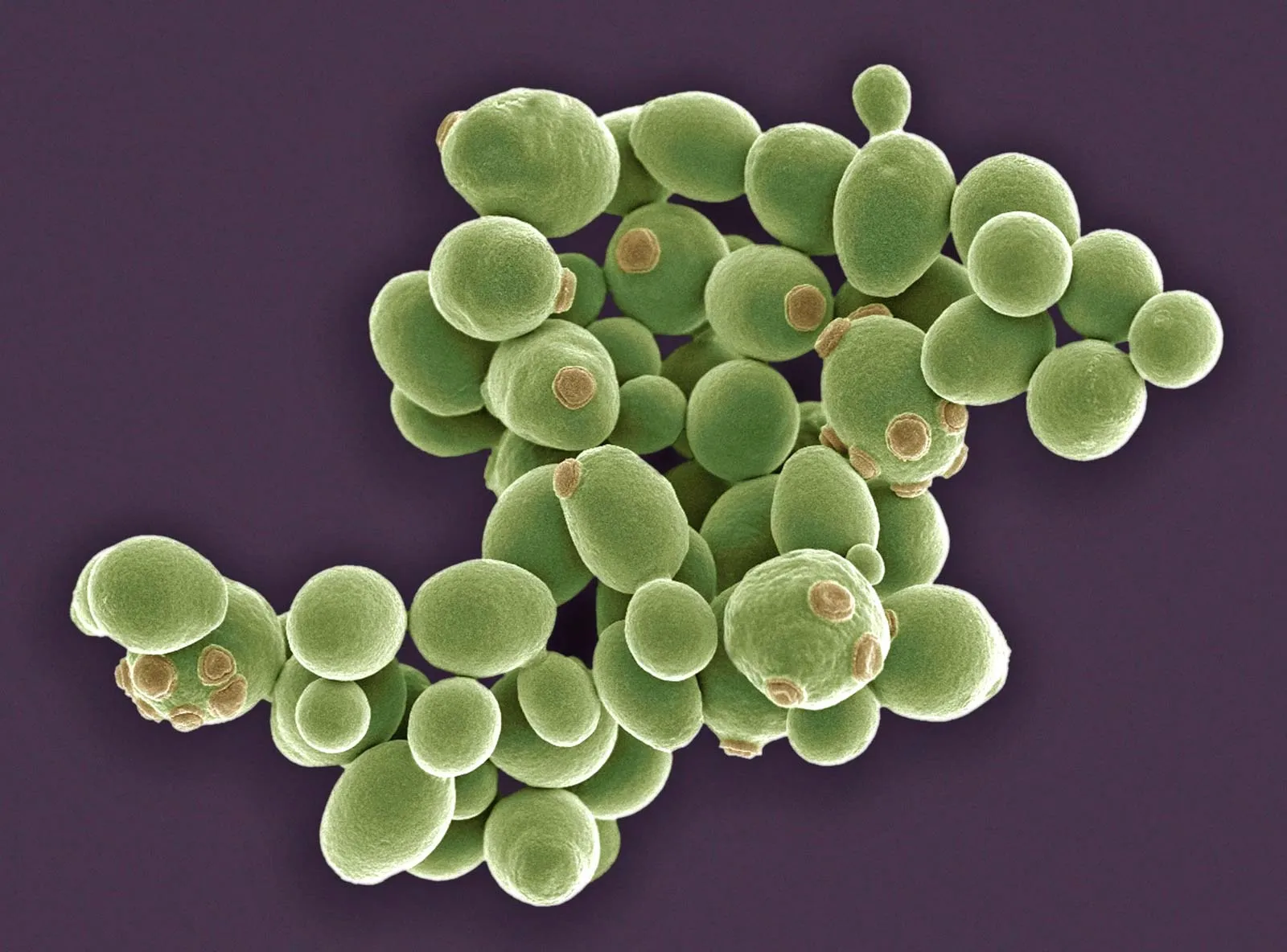
Yeasts are unicellular fungi that thrive in sugar-rich environments like fruits, nectar, and even the human body. These microorganisms are vital in fermentation processes and biotechnology.
Characteristics:
- Typically reproduce asexually by budding, though some species can undergo sexual reproduction.
- Exist as single cells but can form multicellular colonies under certain conditions.
- Metabolize sugars to produce ethanol and carbon dioxide, a process exploited in brewing and baking.
Notable Examples of Yeasts:
- Saccharomyces cerevisiae: Commonly known as brewer’s yeast, it’s used in making bread, beer, and wine.
- Candida albicans: Part of the human microbiome but can cause infections when overgrown.
Importance:
- Food and Beverage Industry: Key player in alcohol fermentation and bread rising.
- Medicine: Yeasts like Pichia pastoris are used in producing vaccines and therapeutic proteins.
- Biotechnology: Serve as model organisms in genetic and molecular biology research.
3. Mushrooms
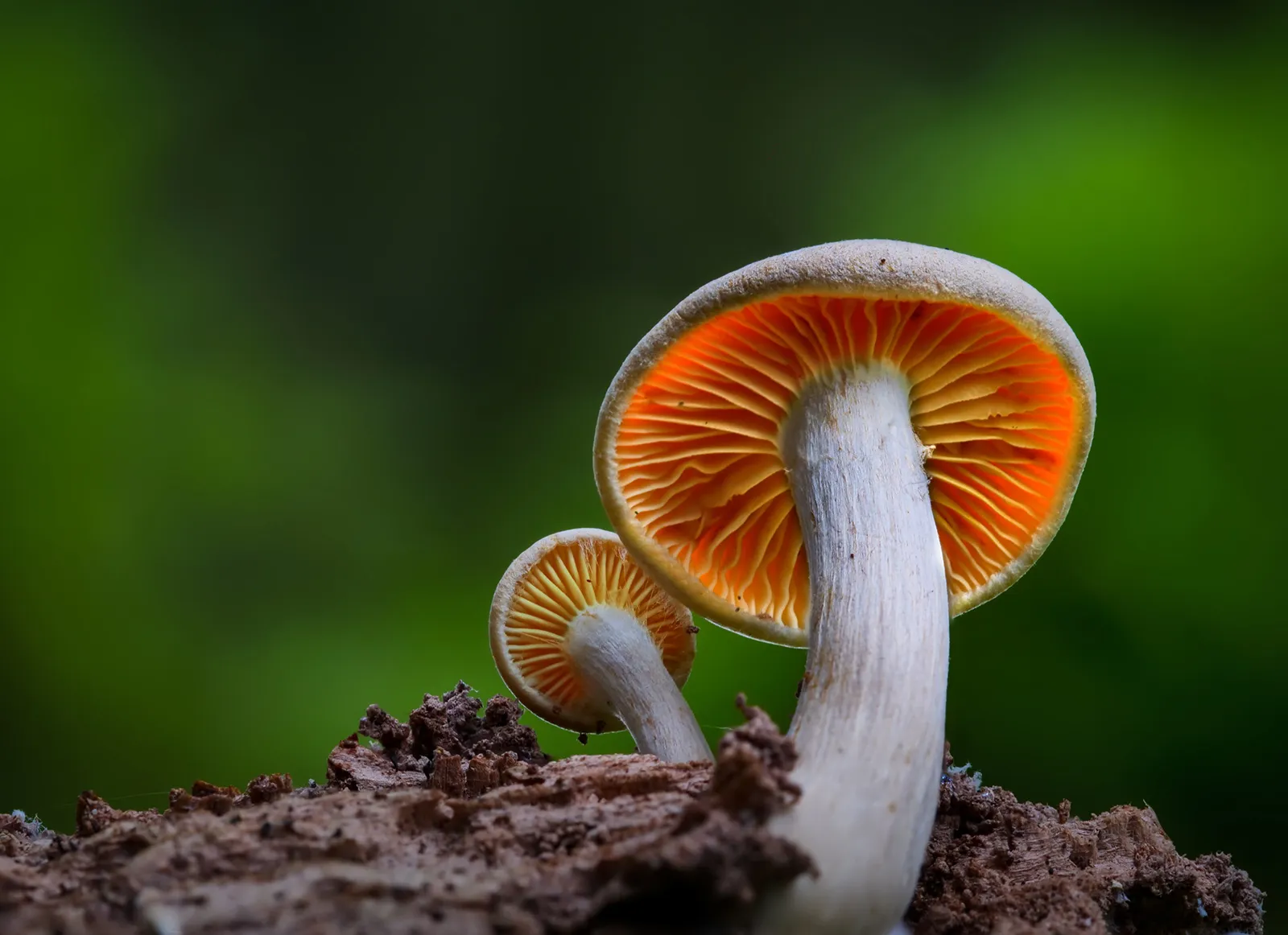
Mushrooms are the fruiting bodies of certain fungi, producing spores for reproduction. They are the most recognizable fungi, often prized as food, medicines, or even tools for environmental remediation.
Characteristics:
- Visible structures emerge from an underground mycelium network.
- Reproduction occurs via spores, dispersed by wind, insects, or water.
- Diverse forms range from edible and medicinal mushrooms to toxic and hallucinogenic varieties.
Notable Examples of Mushrooms:
- Agaricus bisporus: The common white button mushroom, widely cultivated for food.
- Ganoderma lucidum: Known as Reishi or Lingzhi, this mushroom has a long history in traditional medicine for its immune-boosting properties.
- Amanita phalloides: The death cap, a deadly poisonous mushroom.
Importance:
- Food: Nutritious, rich in protein, vitamins, and minerals, and widely consumed worldwide.
- Medicine: Mushrooms like Cordyceps and Lion’s Mane are valued for their medicinal properties, including boosting energy and supporting neural health.
- Environment: Assist in decomposition and nutrient cycling; used in bioremediation to clean pollutants.
4. Lichens
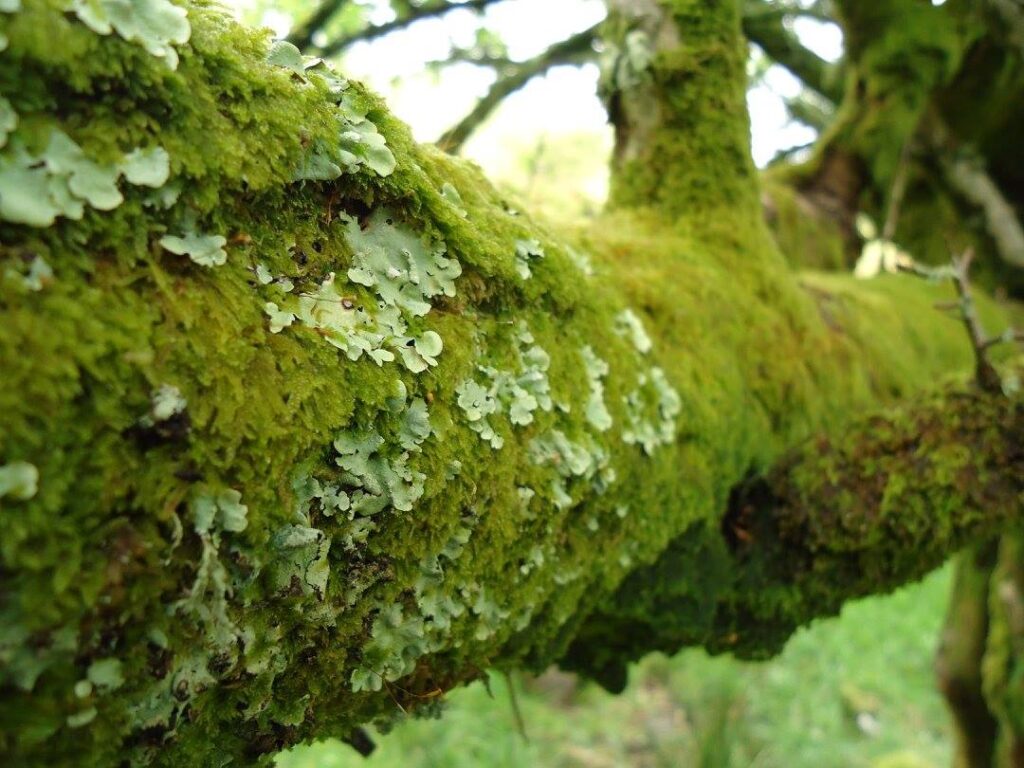
Lichens are a symbiotic association between fungi and photosynthetic organisms like algae or cyanobacteria. Together, they form resilient, composite organisms capable of surviving in harsh environments.
Characteristics:
- Fungi provide structure and protection, while the photosynthetic partner supplies nutrients via photosynthesis.
- Can colonize barren areas such as rocks, deserts, and Arctic tundra.
- Grow extremely slowly, with some species living for centuries.
Notable Examples of Lichens:
- Cladonia rangiferina: Also called reindeer moss, it is a critical food source for Arctic wildlife.
- Usnea: Known as old man’s beard, used in traditional medicine for its antimicrobial properties.
Importance:
- Ecology: Pioneer species in barren areas, initiating soil formation.
- Air Quality Indicators: Sensitive to pollution, making them valuable for environmental monitoring.
- Medicine: Source of bioactive compounds with antimicrobial and anti-inflammatory properties.
The Ecological Importance of Fungi
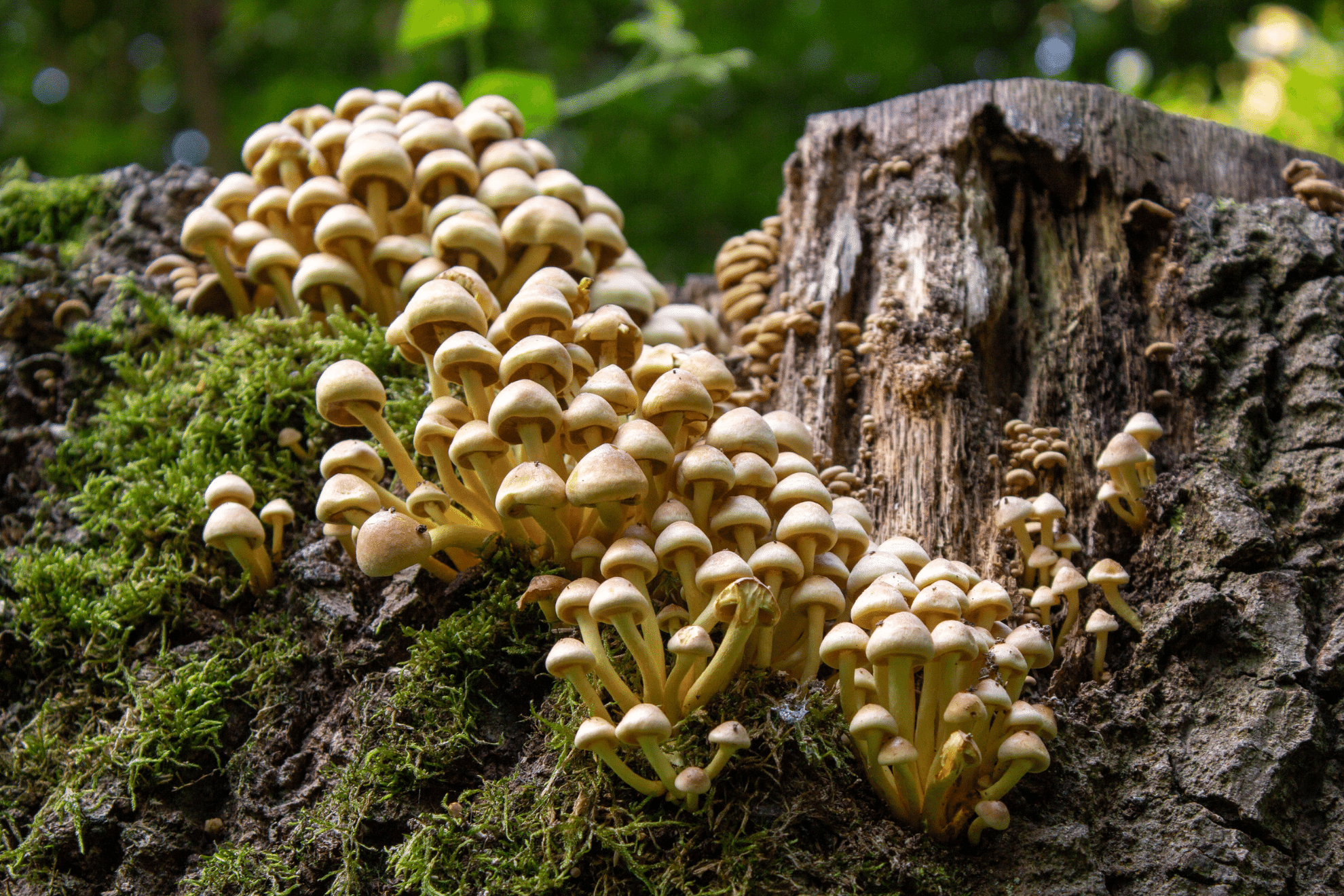
Fungi are indispensable to ecosystems, contributing to various ecological processes:
- Decomposition: Fungi break down dead organic matter, releasing nutrients like nitrogen and phosphorus back into the soil.
- Symbiosis:
- Mycorrhizal fungi form partnerships with plant roots, enhancing water and nutrient uptake.
- Endophytes live inside plants, offering protection against pests and pathogens.
- Bioremediation: Fungi can degrade pollutants, clean oil spills, and neutralize heavy metals.
- Carbon Cycling: As decomposers, fungi play a role in global carbon cycling, mitigating climate change.
The Economic and Health Impact of Fungi
1. Agriculture
- Beneficial fungi promote soil health and protect crops from pathogens.
- However, parasitic fungi like rusts and smuts cause significant crop losses.
2. Medicine
- Penicillin and other antibiotics originate from fungi.
- Fungi-derived immunosuppressants, like cyclosporine, are critical in organ transplants.
3. Industry
- Enzymes from fungi are used in textiles, detergents, and biofuels.
- Fermentation by fungi produces beer, wine, and soy sauce.
4. Public Health
- While some fungi cause infections (e.g., athlete’s foot, ringworm), others support health through probiotics and supplements.
Conclusion
Fungi are an incredibly diverse group of organisms that shape ecosystems and human life in countless ways. From decomposing organic material and supporting plant growth to producing life-saving medicines and delicious foods, fungi are essential to the planet’s well-being. By understanding their diversity and importance, we can better appreciate the critical roles they play and leverage their capabilities for sustainable solutions.
Frequently Asked Questions (FAQs)
1. What are the main types of fungi?
The main types are molds, yeasts, mushrooms, and lichens, each with unique characteristics and ecological roles.
2. How are fungi different from plants?
Fungi lack chlorophyll and cannot photosynthesize. They obtain nutrients by decomposing organic matter or forming symbiotic relationships.
3. Why are fungi important?
Fungi are vital for decomposition, nutrient cycling, medicine production, agriculture, and biotechnology.
4. Are all fungi safe to eat?
No, some fungi are toxic or hallucinogenic. Always ensure proper identification before consuming wild mushrooms.
By exploring the fascinating world of fungi, we uncover their profound impact on ecosystems, economies, and human health. Whether you’re a scientist, gardener, or curious learner, fungi offer endless opportunities for discovery!

